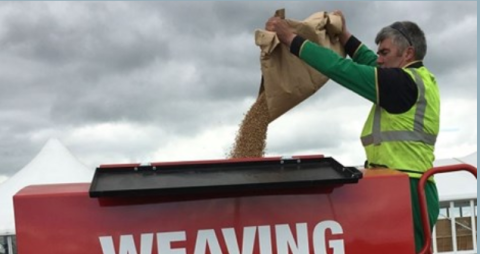Access the tool HERE
Varietal mixtures increase genetic diversity within a field and may help slow the spread of some diseases and reduce the risk of resistance breakdown. Based on Recommended Lists (RL) data and parental diversity information, use the variety blend tool to select three-way or four-way mixes for on-farm testing.
About variety mixtures
The use of mixtures has increased. For example, in France it is estimated that the area of bread-making wheat varieties grown in mixtures has more than doubled recently – from around 5% in 2017 to around 12% in 2020 (source: FranceAgriMer). Although area information is unavailable for the UK, interest in blends has increased.
Although several scientific studies have shown that the technique has promise as a disease management tool, it is a complex area – involving numerous genetic and environmental interactions. As a result, it is best to test the approach on the farm, before adopting a mix more widely.
More complex mixtures – with several disease resistance profiles – are more likely to result in a greater disease reduction. A mixture of at least three varieties is best. Crude mixtures are considered to work better than homogeneous mixing.
It is important to consider the quality implications of each mix and the requirements of grain buyers. Differing maturity dates between the varieties in the mix does not tend to be an issue. Both wheat and barley mixtures for feed and wheat for distilling are generally acceptable to markets. However, maltsters do not currently accept mixtures.



